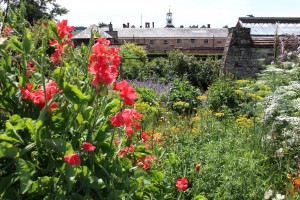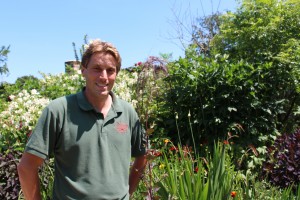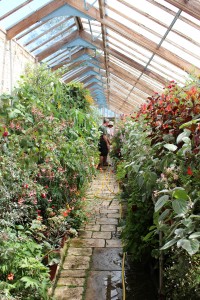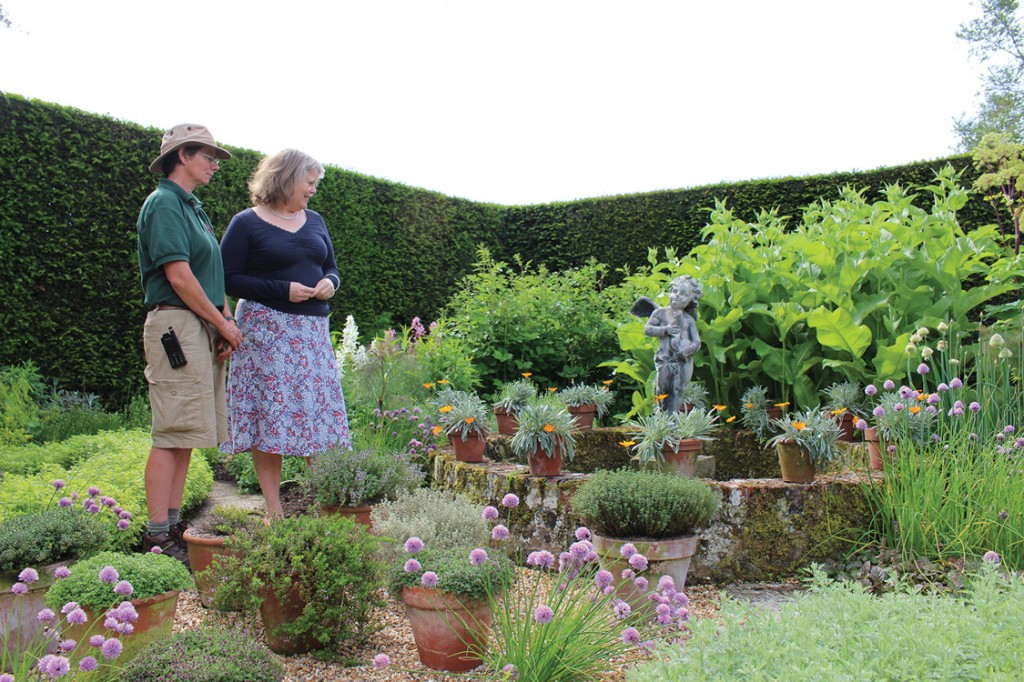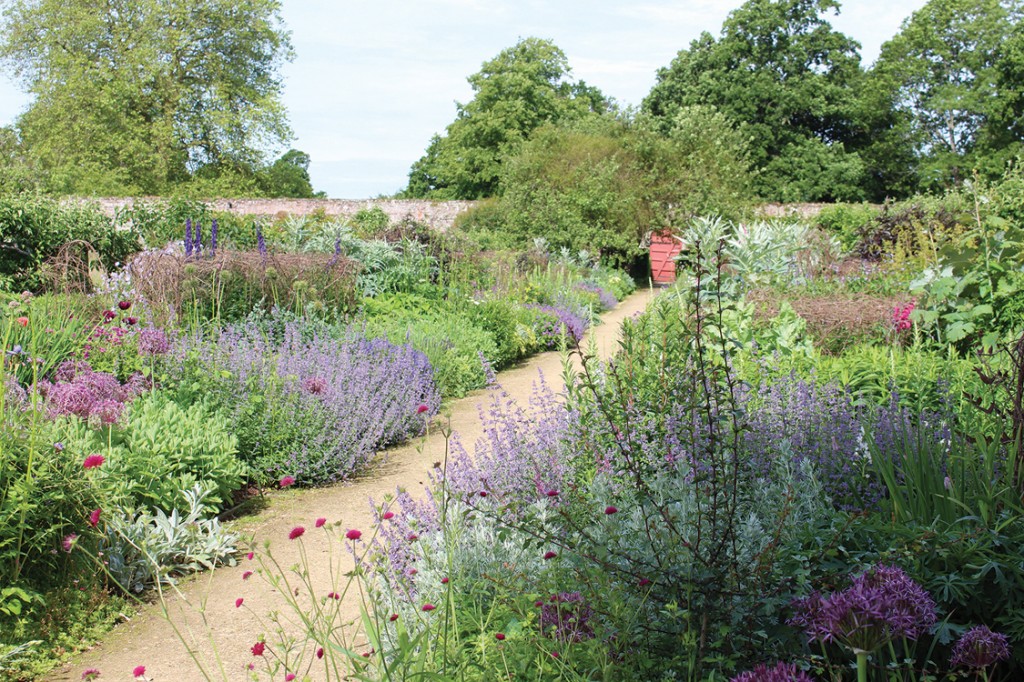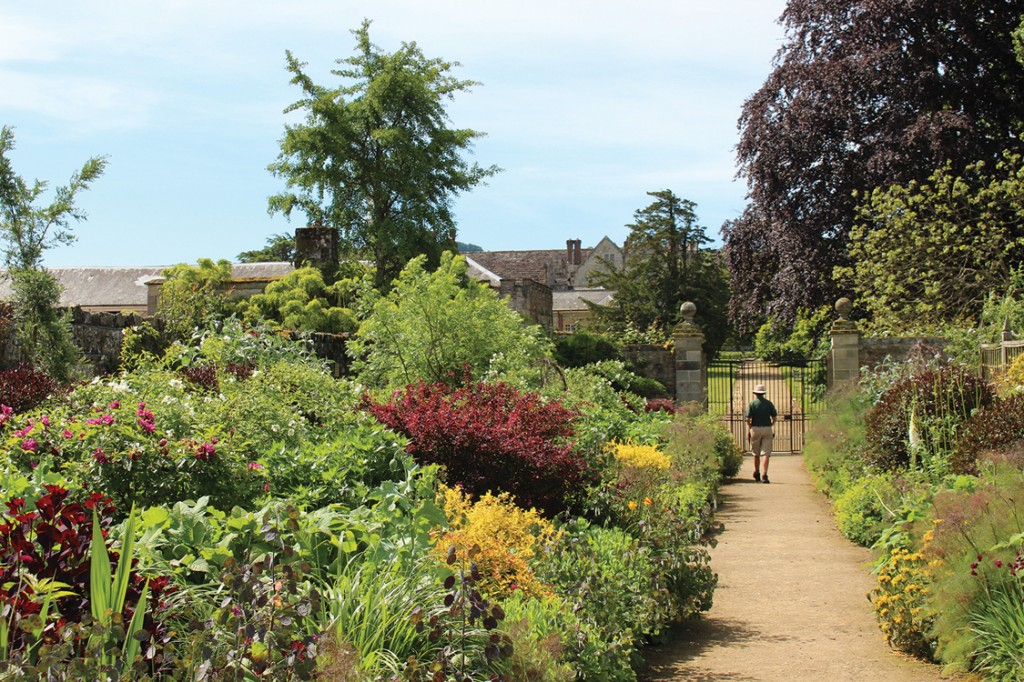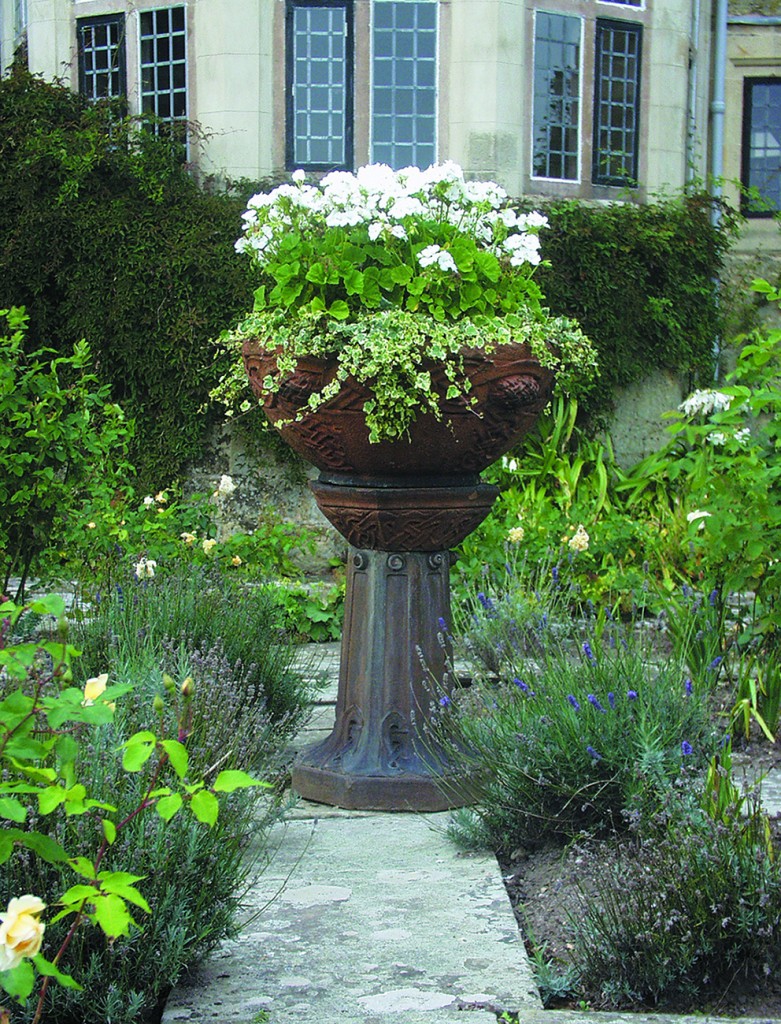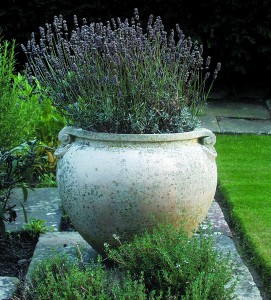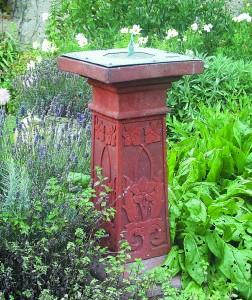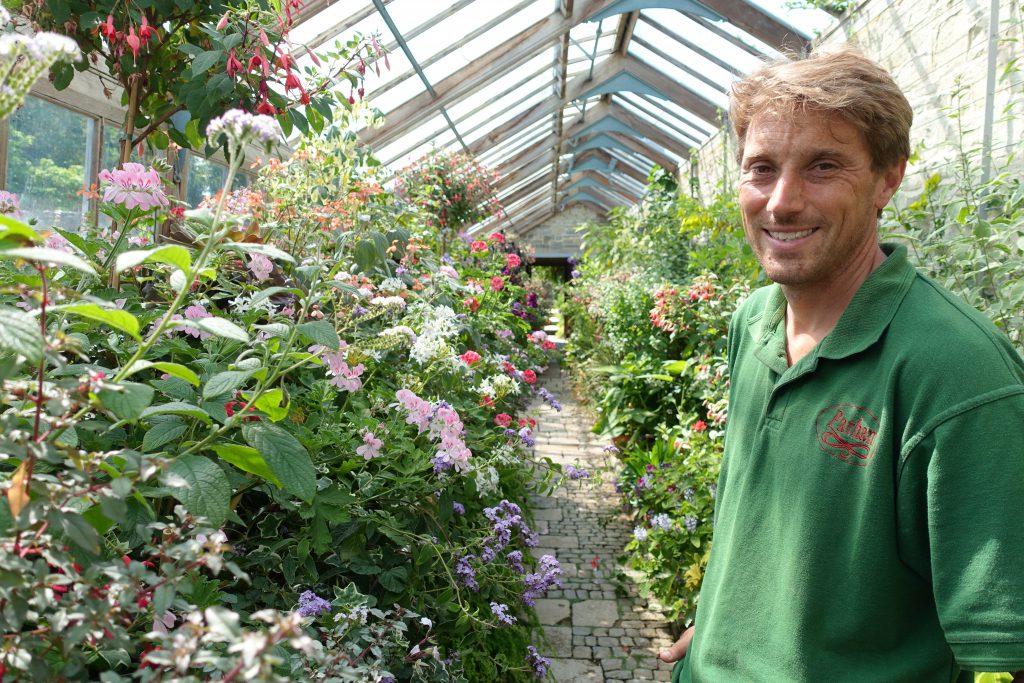
Parham’s Garden Weekend is becoming Chelsea by the Sussex Downs thanks to its long gardening tradition and the growing national reputation of Head Gardener, Tom Brown. For me this quintessential celebration of our passion for gardening is one of the highlights of the Sussex summer calendar.
I come across Tom Brown preparing for the weekend in the greenhouse. The light, perspective and abundance of flowers in the greenhouse is reminiscent of Eric Ravilious’ famous watercolours of greenhouses painted in Sussex in the 1930s.
It’s a measure of Tom Brown’s growing stature that many of the country’s leading horticulturalists, gardeners and designers choose to congregate at Parham for the Garden Weekend year after year.
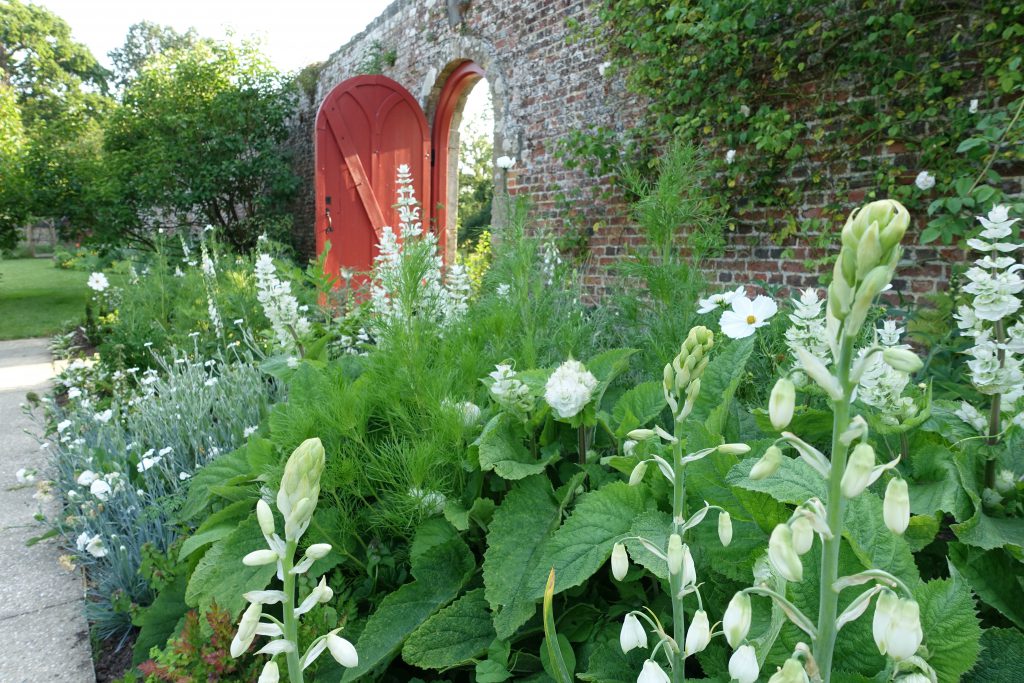
Amongst those coming to celebrate gardening at Parham is former Chelsea Physic Head Gardener and BBC Gardener’s World presenter, Nick Bailey, who will be holding a book signing event. Society garden designer, author and Chelsea Flower Show Gold Medallist, Jinny Blom, leading plants woman, Marina Christopher, and doyen of cut flowers and designer of one of BBC Radio 2’s 2017 Chelsea sensory gardens, Sarah Raven, all have Parham’s Garden Weekend on their calendars.
In between the talks and workshops Tom Brown, his garden team and volunteers, will be out in force to offer advice and to interpret the garden for visitors. It is rare for the public to have such unmediated, direct access to horticulturalists like Tom and his team.
This generous and outward facing spirit pervades all that Parham does which allows Tom to put a spot light on the best that Sussex has to offer. Many of our county’s most talented plants men and women, growers, specialist nurseries and local talent will be exhibiting at Parham, giving the discerning gardening public access to top quality plants and advice. It is this authenticity which makes Parham’s Garden Weekend so unique. This and Tom’s vision and integrity is attracting increasing attention from across the country.
The upward trajectory of Tom Brown and the gardens at Parham is set to continue. There is a sense of long-term patronage at Parham. Tom is quick to celebrate Lady Emma Barnard’s role in this. Her love of Parham and her patronage continues to bless this place with such life and creativity.
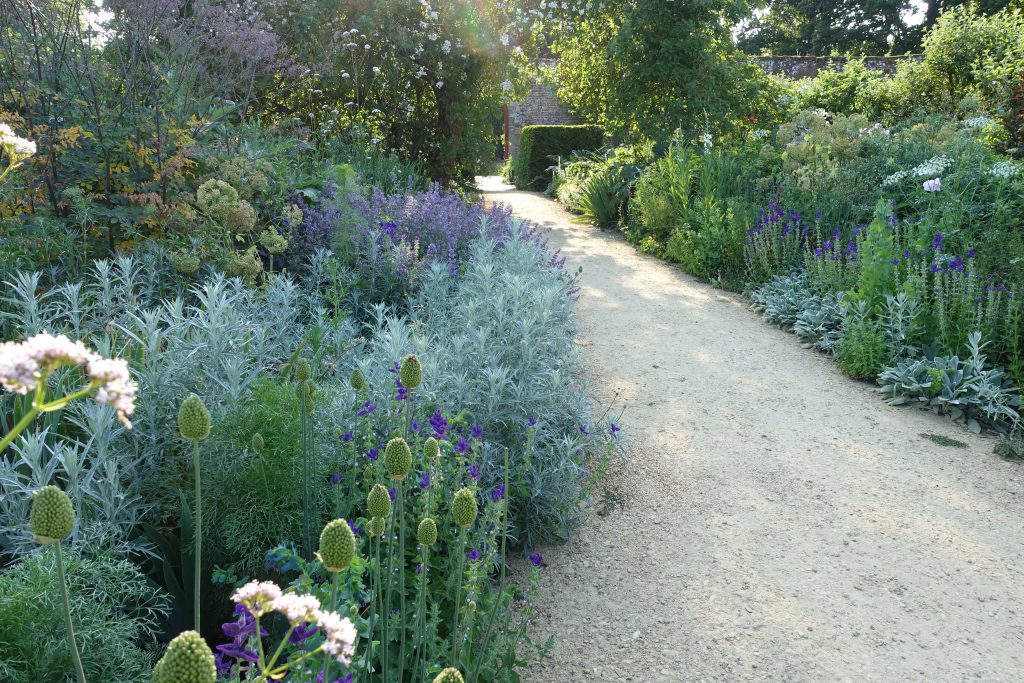
In recent years there has been significant investment in the borders with experimental trials in planting. The palette of plants is very important to the opulent, artistic borders at Parham. The restored Blue Border and the new White Border give expression to the natural informality of the ‘Parham Way’ and delight the senses. There is much in the old and the new to enchant the visitor.
I am looking forward to Parham House and Garden’s ‘Garden Weekend’ this coming Saturday and Sunday, 8th and 9th July 2017, 10.30am to 5.00pm. For more information go to www.parhaminsussex.co.uk or telephone 01903 742021. I look forward to seeing you there!
By Rupert Toovey, a senior director of Toovey’s, the leading fine art auction house in West Sussex, based on the A24 at Washington. Originally published in the West Sussex Gazette.
